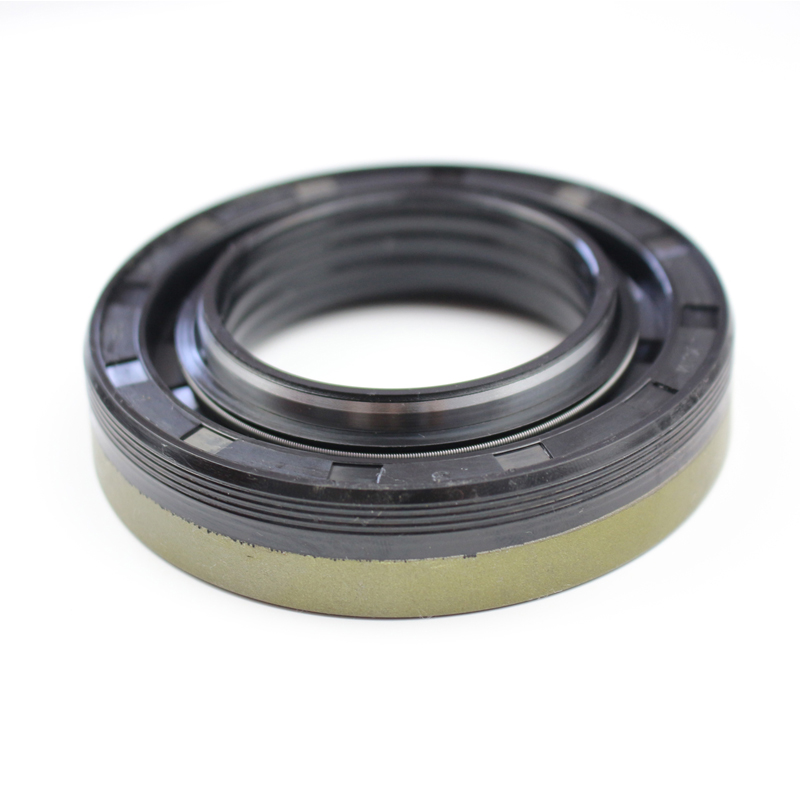o ring gasket seal
Understanding O-Ring Gasket Seals The Unsung Heroes of Sealing Technology
O-ring gasket seals are vital components in a multitude of industries, playing a crucial role in ensuring the integrity and efficiency of various systems. These simple yet effective seals are used to prevent fluid or gas leaks in a variety of applications, ranging from automotive engines to aerospace technology. Understanding their construction, functioning, and applications is essential for anyone involved in design, engineering, or maintenance.
What is an O-Ring Gasket Seal?
An O-ring is a toroidal (doughnut-shaped) object typically made from elastomeric materials like rubber or silicone. Its design allows it to create a secure seal when compressed between two or more surfaces. Common materials used for O-rings include nitrile rubber, fluorocarbon, and silicone, each selected based on the specific requirements of temperature, pressure, and fluid compatibility.
The primary purpose of an O-ring gasket seal is to fill the gaps between mechanical parts, offering resistance against leakage. When properly designed and installed, an O-ring can efficiently withstand dynamic and static sealing applications, ensuring long-lasting performance in challenging environments.
How Do O-Rings Work?
The effectiveness of an O-ring comes from its unique ability to deform under pressure. When two surfaces are brought together, the O-ring compresses, conforming to the shape of the surfaces and filling any gaps. This compression creates a barrier that inhibits the escape of fluids or gases. The design allows O-rings to function effectively even when there are vibrations or thermal expansions, which is often the case in machinery and engines.
However, the performance of an O-ring depends heavily on its installation and the conditions under which it operates. Factors such as temperature, pressure, and the nature of the fluids can significantly impact the longevity and effectiveness of an O-ring seal. For instance, excessive heat can cause some materials to degrade, while high pressures might lead to extrusion, where the O-ring is pushed out of its seating.
o ring gasket seal

Applications of O-Ring Seals
The applications for O-ring gasket seals are extensive, spanning across numerous industries. In the automotive sector, they are critical in engines, transmissions, and braking systems, helping to prevent leaks that can lead to performance issues or hazards. In the aerospace industry, O-rings are utilized in hydraulic systems and fuel systems, where the reliability of seals is paramount.
Moreover, O-rings are also found in consumer products, such as faucets and showerheads, where they provide water-tight seals to prevent leaks. In industrial applications, they play an essential role in machinery and equipment, assisting in maintaining pressure and preventing contamination.
Choosing the Right O-Ring
Selecting the appropriate O-ring for a specific application requires careful consideration of various factors. Material compatibility with the fluids involved, temperature ranges, and pressure ratings must all be taken into account. Furthermore, factors such as the size of the O-ring and the design of the sealing surface can impact its effectiveness. Engineers often rely on industry standards and guidelines to select the right O-ring for ensuring optimal performance.
Conclusion
O-ring gasket seals may seem like simple components, but their importance in maintaining the integrity of systems across various industries cannot be overstated. By preventing leaks and ensuring efficient operation, O-rings contribute significantly to the reliability and safety of machinery and products. As technology continues to advance, the evolution of materials and designs for O-rings will further enhance their performance and application possibilities, solidifying their place as essential components in modern engineering and manufacturing.
-
Simplifying Oil Changes: A Comprehensive Guide to Oil Drain Plugs and Their Variants
News Aug.04,2025
-
Mastering Oil Drain Maintenance: Solutions for Stripped, Worn, and Upgraded Oil Plugs
News Aug.04,2025
-
Fixing Oil Pan Plug Issues: Leaks, Stripped Nuts, and the Right Replacement Solutions
News Aug.04,2025
-
Everything You Need to Know About Oil Drain Plugs: Sizes, Fixes, and Upgrades
News Aug.04,2025
-
Choosing the Right Oil Drain Plug: A Guide to Sizes, Materials, and Drain Innovations
News Aug.04,2025
-
A Complete Guide to Automotive Drain Plugs: Types, Problems, and Innovative Solutions
News Aug.04,2025
-
The Ultimate Guide to Car Repair Kits: Tools and Essentials Every Driver Should Own
News Aug.01,2025
Products categories















